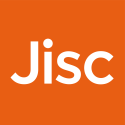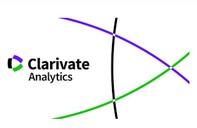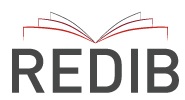Violence through information and communication technologies in secondary students
Abstract
The aim of this paper was to analyze violence through Informa- tion and Communication Technologies (ICT) in Compulsory Secondary Education students. To achieve this objective, the School Violence Question- naire-Revised was applied to 638 Compulsory Secondary Education stu- dents, from six high schools in Asturias (Spain). Results show that vio- lence through ICT occurs with a remarkable frequency, although less than some kinds of traditional school violence. Statistically significative differ- ences were found among grades of Compulsory Secondary Education and between rural and urban centers. Violence through ICT is more frequent in second grade and in urban high schools. However, statistically significa- tive differences were barely found between genders. Also, a strong correla- tion between violence through ICT and some kinds of traditional school violence was found. These outcomes are compared with the results of the main previous works about this subject. Some educative implications of these results are discussed.Downloads
The works published in this journal are subject to the following terms:
1. The Publications Service of the University of Murcia (the publisher) retains the property rights (copyright) of published works, and encourages and enables the reuse of the same under the license specified in paragraph 2.
© Servicio de Publicaciones, Universidad de Murcia, 2022
2. The works are published in the online edition of the journal under CC BY-SA 4.0 license, a Creative Commons Reconocimiento-CompartirIgual 4.0 (legal text). You are free to:
- Share: copy and redistribute the material in any medium or format for any purpose, even commercially.
- Adapt: remix, transform, and build upon the material for any purpose, even commercially.
The licensor cannot revoke these freedoms as long as you follow the license terms, under the following terms:
- Attribution: You must give appropriate credit , provide a link to the license, and indicate if changes were made . You may do so in any reasonable manner, but not in any way that suggests the licensor endorses you or your use.
- ShareAlike: If you remix, transform, or build upon the material, you must distribute your contributions under the same license as the original.
No additional restrictions: You may not apply legal terms or technological measures that legally restrict others from doing anything the license permits.
This work is licensed under a Creative Commons Attribution-ShareAlike 4.0 International License.
3. Conditions of self-archiving. Is allowed and encouraged the authors to disseminate electronically pre-print versions (version before being evaluated and sent to the journal) and / or post-print (version reviewed and accepted for publication) of their works before publication, as it encourages its earliest circulation and diffusion and thus a possible increase in its citation and scope between the academic community. RoMEO Color: Green.















